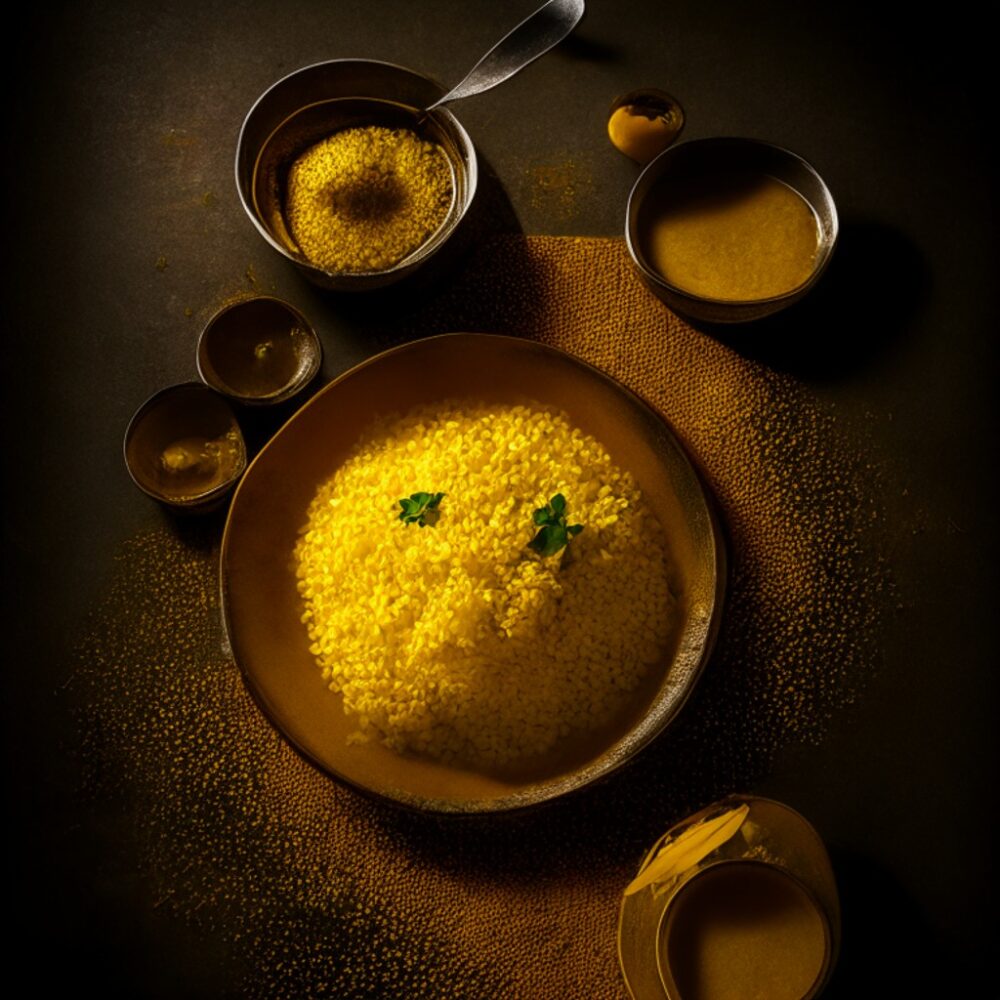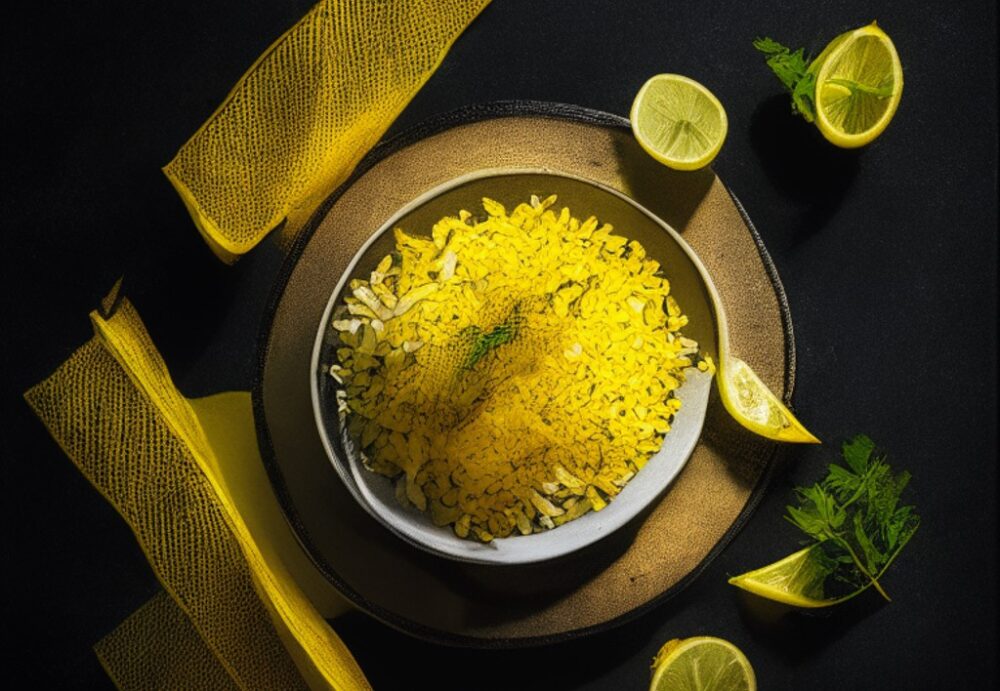Mysore Pak is a legendary Indian sweet that hails from the city of Mysore in Karnataka, South India. This melt-in-your-mouth delicacy is a testament to the rich culinary heritage of the region. Made from a simple yet magical combination of ghee (clarified butter), sugar, and chickpea flour (besan), Mysore Pak is known for its soft, crumbly texture and mouthwatering sweetness that lingers on the palate. In this blog post, we embark on a journey into the world of Mysore Pak, uncovering its origins, ingredients, and the process of creating this delectable treat.
The Legacy and Origins of Mysore Pak
Mysore Pak traces its roots back to the royal kitchens of the Mysore Palace, where it was originally created as a treat for the royal family. The sweet gained immense popularity, and over time, it became an integral part of festive celebrations and special occasions in South India. Today, Mysore Pak is enjoyed by people across the country and has even garnered international acclaim.
Ingredients and Texture
The beauty of Mysore Pak lies in its simplicity, as it requires only a handful of ingredients. The key components are ghee, sugar, and besan (chickpea flour). The generous use of ghee gives Mysore Pak its rich and buttery texture, while the combination of besan and sugar creates a harmonious balance of flavours. The result is a sweet confection that is both indulgent and irresistible.
The Preparation Process
Creating Mysore Pak involves a precise technique that requires attention to detail. Here’s a simplified overview of the process:
Step 1: Roasting the besan: Heat ghee in a pan and roast the besan on low heat until it turns aromatic and changes colour slightly. This step enhances the flavour of the chickpea flour.
Step 2: Preparing the sugar syrup: In a separate pot, heat water and sugar to make a syrup. The syrup should reach a specific consistency called “one-string consistency,” where a single thread is formed when a drop of syrup is touched and pulled between the thumb and index finger.
Step 3: Combining the ingredients: Gradually add the besan to the sugar syrup, stirring continuously to avoid lumps. As you mix, the besan will absorb the ghee and thicken.
Step 4: Setting and cutting: Pour the mixture into a greased tray or plate and let it cool for a few minutes. While it is still warm, cut it into diamond-shaped or rectangular pieces.
Tips for Savoring Mysore Pak:
- Freshness is Key: Mysore Pak is best enjoyed when it is fresh and still slightly warm. This is when its texture and flavours are at their peak.
- Pairing Suggestions: Mysore Pak can be savoured on its own or paired with a cup of hot filter coffee, tea, or milk. The combination of sweet and warm beverages complements each other perfectly.
- Storage Tips: To maintain its freshness, store Mysore Pak in an airtight container at room temperature. It can last for up to a week, but it is recommended to consume it within a few days for the best taste.
- Experiment with Variations: While traditional Mysore Pak is made with besan, you can also find variations that incorporate additional ingredients like nuts or cardamom for added flavour and texture.
Conclusion
Mysore Pak is a culinary masterpiece that delights dessert lovers with its richness and simplicity. Whether you have a sweet tooth or want to experience the authentic flavours of South India, this iconic sweet treat is a must-try. Immerse yourself in the world of Mysore Pak, relish its buttery texture, and savour the sweet symphony of flavours that will transport you to the royal kitchens of Mysore.





